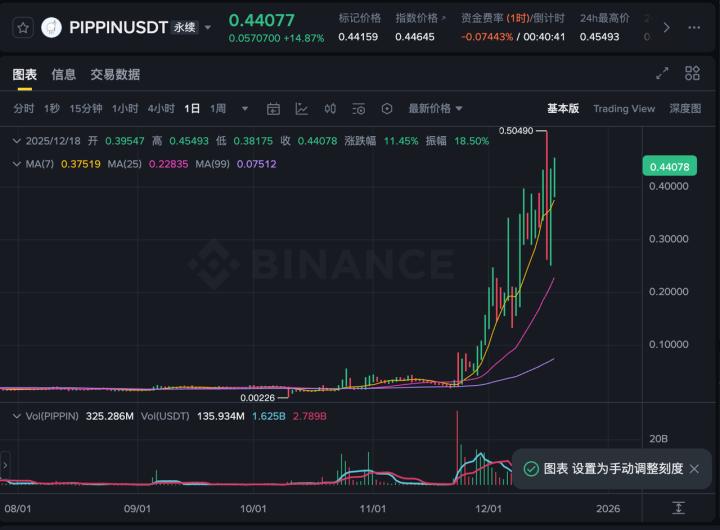Author: David G, Moonshot Advisor
Compiled by: Yuliya, PANews
This article is a practical guide on how to profit and mitigate risks in the cryptocurrency bull market. The article elaborates on trading strategies and risk management methods from three core dimensions: portfolio structure, leverage usage, and on-chain trading.
I. Portfolio Structure
The construction of the investment portfolio needs to be adjusted according to the fund size, but there are several core principles to follow:
Mainly high-quality collateral
It is recommended to focus on high-quality assets such as BTC and SOL;
Convert to stablecoins during volatile or bear markets;
Use profits to supplement the holdings of mainstream cryptocurrencies during the bull market;
Dynamic adjustment strategy
Currently maintain a BTC and SOL configuration close to 100%;
As the bull market cycle progresses, gradually increase the proportion of stablecoins;
II. Leverage Usage Guide (Recommended for Beginners)
Putting aside the traditional perception of leverage on social media, view leverage as a tool to improve capital efficiency.
Differentiate the approach
The leverage strategy for mainstream cryptocurrencies and low-cap altcoins should be completely separated;
Using leverage on SOL and using leverage on a 500M market cap token are completely different trades;
Basic principles
The total leverage for low-cap altcoins should not exceed 1x (e.g., $100,000 SOL as collateral, the long position on altcoins should not exceed $100,000);
Mainstream cryptocurrencies can use 2-5x leverage at specific times;
The higher the leverage ratio, the earlier the profit-taking should be;
Never make a "cross margin" trade, always leave yourself a way out;
III. On-Chain Trading Strategy
Pursue excess returns
Focus on opportunities that may bring huge returns, rather than daily profits;
Do not overly pursue the accumulation of small-scale trading profits (as Warren Buffett said, diversification is the protection of the ignorant);
Position management
Avoid full-position trading;
Adopt a step-by-step reduction strategy;
For example: sell 10% at $50M, another 10% at $100M, and so on;
Risk Control
Volatility management
Be psychologically prepared for a 50-70% correction;
View volatility as an opportunity rather than a threat;
Maintain emotional stability and avoid panic-driven decisions;
Conclusion
Successful trading depends more on psychological factors, and the biggest opponent is oneself. Through reasonable portfolio allocation, prudent leverage use, and correct on-chain trading strategies, it is possible to achieve significant returns in the bull market while effectively controlling risks. Remember: volatility is an important source of profits in the cryptocurrency market, and learning to coexist with it is the key to success.







